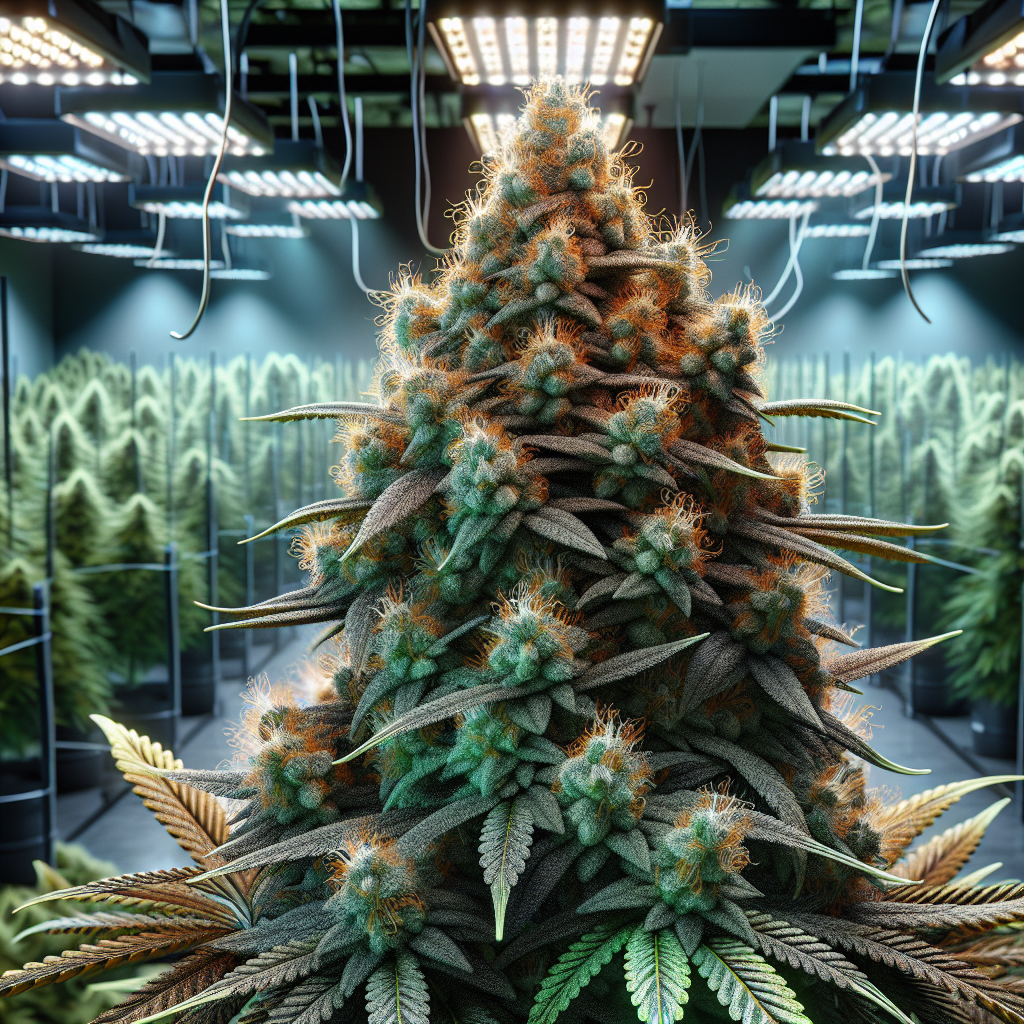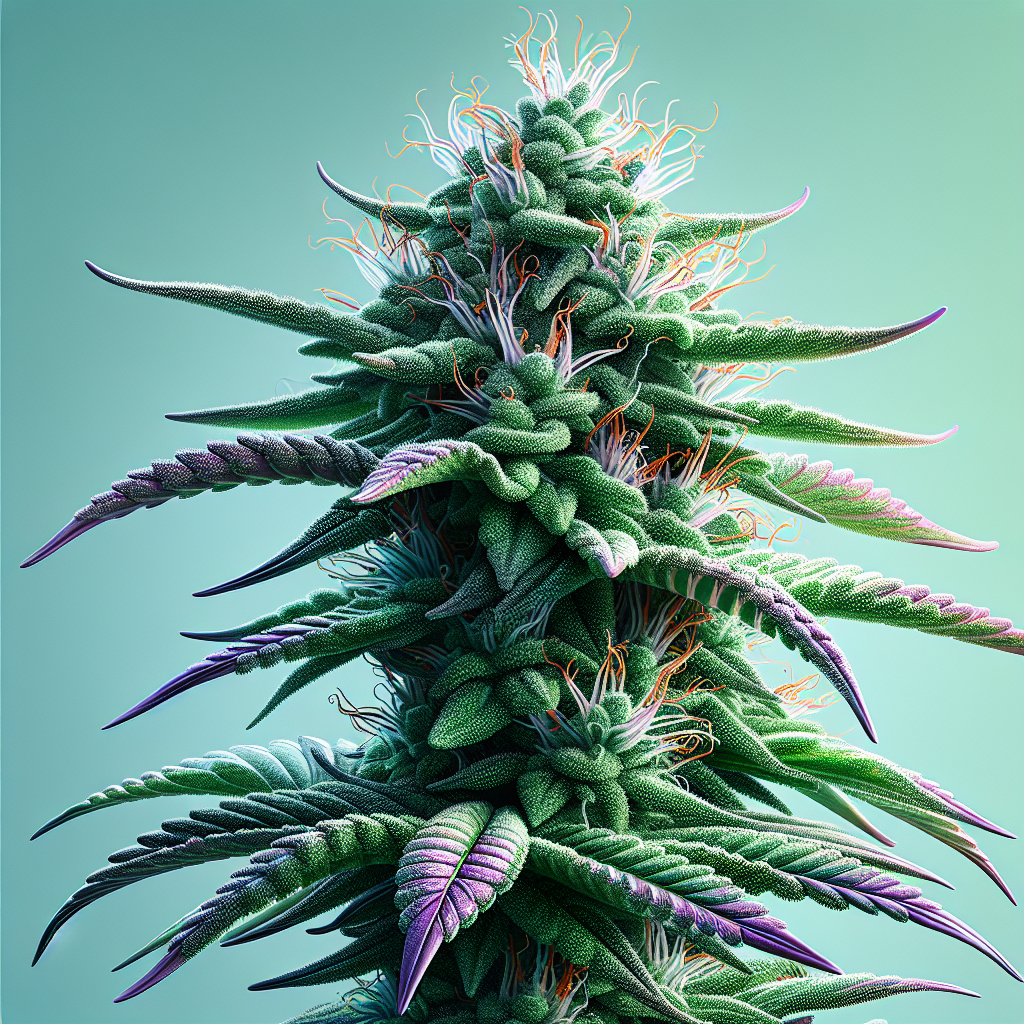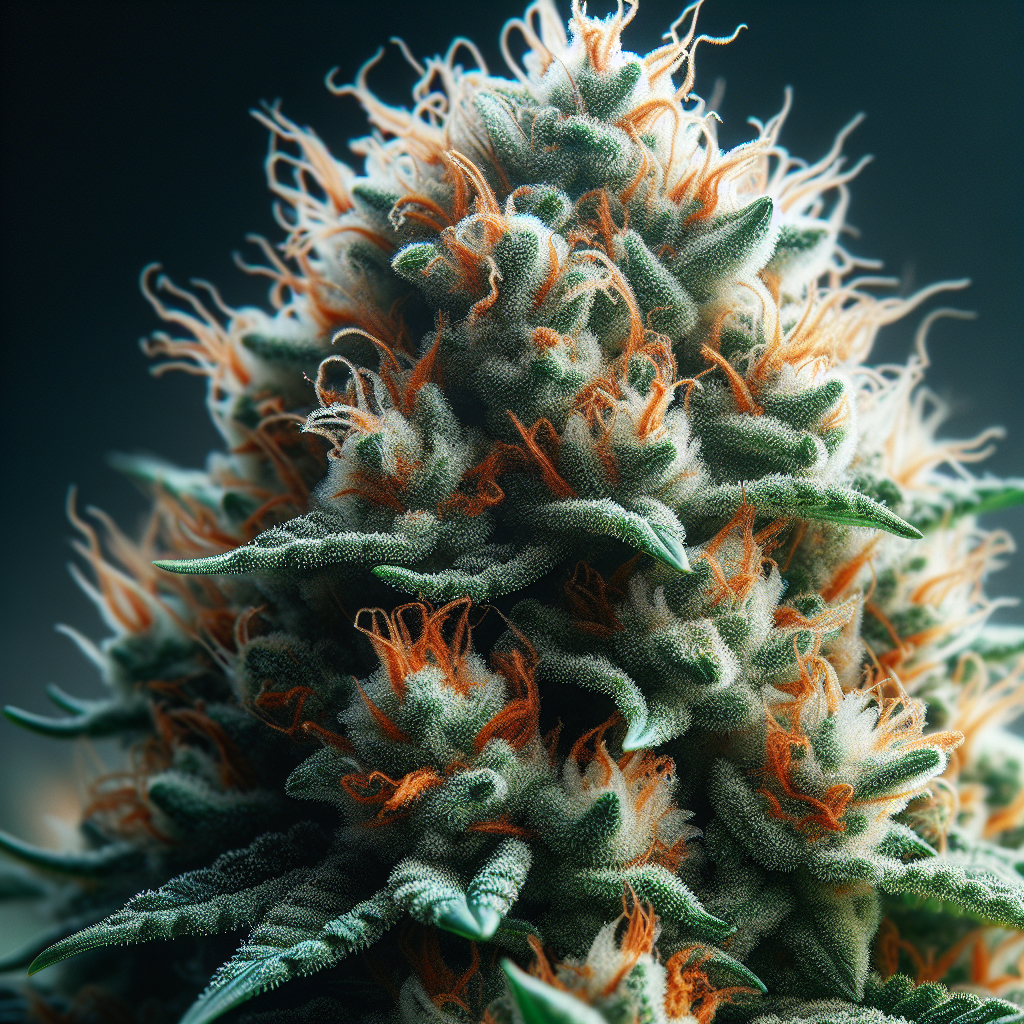Nature’s Remedy: Exploring the Anti-Inflammatory Power of Cannabis
In recent years, the conversation surrounding cannabis has shifted dramatically. No longer solely associated with recreational use and taboo, cannabis is emerging as a powerful ally in promoting health and well-being. Among its numerous benefits, the anti-inflammatory properties of cannabis are garnering attention from researchers, practitioners, and patients alike. This article delves into the science behind cannabis as an anti-inflammatory agent, its various applications, and how it can be used responsibly to improve quality of life.
Understanding Inflammation
Before diving into cannabis and its therapeutic effects, it’s essential to understand what inflammation is and why it matters. Inflammation is the body’s natural response to injury or infection. It serves as a defense mechanism, helping the body to heal by sending immune cells to the injured area. However, when inflammation becomes chronic, it can lead to a variety of health issues, including arthritis, heart disease, diabetes, and even cancer.
Chronic inflammation can stem from various sources, including diet, environmental factors, stress, and lifestyle choices. Finding effective ways to manage or reduce inflammation is crucial for maintaining health and vitality, and this is where cannabis shines.
The Science Behind Cannabis
Cannabis contains a complex array of compounds known as cannabinoids, terpenes, and flavonoids. The two most studied cannabinoids are tetrahydrocannabinol (THC) and cannabidiol (CBD). While THC is primarily known for its psychoactive effects, CBD is recognized for its therapeutic potential without inducing a “high.” Both compounds interact with the body’s endocannabinoid system (ECS), a complex signaling network that plays a vital role in regulating various physiological processes, including inflammation.
The Endocannabinoid System
The endocannabinoid system consists of endocannabinoids (naturally occurring compounds in the body), cannabinoid receptors (primarily CB1 and CB2), and enzymes that break down endocannabinoids. CB1 receptors are mainly found in the brain and central nervous system, while CB2 receptors are predominantly located in the peripheral tissues and immune system.
When cannabinoids like CBD interact with these receptors, they can influence the body’s inflammatory response. Research indicates that CBD can reduce the production of pro-inflammatory cytokines and inhibit the activation of immune cells that promote inflammation, ultimately leading to a decrease in chronic inflammation.
Cannabinoids and Inflammation: The Research
Numerous studies support the anti-inflammatory effects of cannabinoids. For instance:
-
Rheumatoid Arthritis (RA): A study published in the journal Frontiers in Pharmacology found that CBD significantly reduced inflammation and pain in animal models of RA. Researchers noted that CBD could serve as a potential therapy for RA patients by mitigating inflammation and alleviating pain.
-
Multiple Sclerosis (MS): Research published in Neurotherapeutics highlighted CBD’s ability to reduce neuroinflammation, which plays a significant role in MS. This inflammatory response is associated with myelin sheath damage, leading to various symptoms in patients. CBD’s immunosuppressive properties may offer a novel treatment pathway for MS.
-
Inflammatory Bowel Disease (IBD): In a review published in Frontiers in Pharmacology, researchers concluded that cannabinoids may be beneficial in treating various forms of IBD, such as Crohn’s disease and ulcerative colitis. They found that cannabinoids could reduce inflammation and improve the overall quality of life for patients dealing with these conditions.
- Chronic Pain and Inflammation: A study reported in Pain analyzed the effects of a cannabis-derived medication on chronic pain. The findings indicated significant reductions in pain levels and inflammation markers, reinforcing the potential of cannabinoids as a viable alternative to traditional pain medications.
The Role of Terpenes
While cannabinoids are often the focus of cannabis research, terpenes—aromatic compounds found in many plants, including cannabis—also contribute to its anti-inflammatory properties. For instance, the terpene myrcene is known for its sedative effects and potential anti-inflammatory benefits. Another terpene, beta-caryophyllene, has shown promise as a selective CB2 receptor agonist, offering pain relief and inflammation reduction without psychoactive effects. The entourage effect, which describes how various cannabinoids and terpenes work synergistically, enhances the therapeutic potential of cannabis.
How to Use Cannabis for Inflammation
1. Cannabinoid Oils and Tinctures
One of the most popular and effective ways to harness the anti-inflammatory power of cannabis is through oils or tinctures. These products are typically rich in CBD or a balanced CBD-THC ratio, providing targeted relief. When using cannabinoid oils, it’s crucial to follow the recommended dosage and consult with a healthcare professional familiar with cannabis.
2. Topicals
Cannabis-infused topicals, such as creams and balms, can be applied directly to painful or inflamed areas. These products often contain high levels of CBD and terpenes that target localized inflammation without inducing systemic effects, making them ideal for those seeking relief from joint pain, muscle soreness, or skin conditions.
3. Edibles
Cannabis edibles, ranging from gummies to infused beverages, offer an enjoyable way to consume cannabinoids. However, note that the onset of effects may take longer, as the cannabinoids must pass through the digestive system. Ensure that you start with a low dose and gradually increase until you achieve the desired effect.
4. Inhalation
Vaping or smoking cannabis provides rapid relief, making it effective for acute inflammation and pain. This method allows cannabinoids to enter the bloodstream quickly, ensuring they reach the brain and body efficiently. Again, it’s essential to know the strain you’re using, as different strains can have varying effects depending on their cannabinoid and terpene profiles.
5. Capsules and Softgels
For those who prefer a measured dose, cannabis capsules and softgels offer a convenient option. These products typically contain concentrated extracts, allowing for consistent dosing and a longer-lasting effect.
The Legal Landscape
As research continues to reveal the benefits of cannabis, its legal status is changing worldwide. Many countries and states have moved toward decriminalization and legalization, recognizing cannabis as a legitimate treatment option. However, understanding the legal restrictions in your area is crucial before purchasing or using cannabis products.
Inspiring Patient Stories
The remarkable healing properties of cannabis aren’t just confined to studies and research; there are countless real-life testimonials that highlight the difference it has made in patients’ lives.
John’s Journey with Arthritis
John, a 55-year-old retired firefighter, had struggled with severe arthritis for over a decade. His daily life revolved around managing pain with conventional medications, which often left him feeling lethargic and mentally clouded. After learning about CBD oils, John transitioned to cannabis as a natural remedy. Within a few weeks, he experienced significant pain relief and improved mobility. He was finally able to return to hobbies he once enjoyed, such as hiking and gardening.
Sarah’s Battle with IBD
Sarah was diagnosed with Crohn’s disease in her early twenties, leading to chronic inflammation and digestive issues. Frustrated with the limited effectiveness of traditional medications and their side effects, she explored cannabis as an alternative therapy. She began using CBD oil alongside a balanced diet, experiencing a notable reduction in flare-ups and inflammation. Today, Sarah actively promotes awareness about the therapeutic use of cannabis for IBD patients, encouraging others to explore alternative treatment options.
The Future of Cannabis Research
As the stigma surrounding cannabis continues to dissipate, the future of cannabis research holds great promise. Scientists are eager to explore the depths of cannabis’s anti-inflammatory properties, leading to novel treatments and formulations tailored to various health conditions. Ongoing clinical trials aim to establish comprehensive data on the efficacy, safety, and best practices for using cannabis as an anti-inflammatory agent.
Moreover, as the market for cannabis products expands, consumers can expect to see increased availability of high-quality, lab-tested products that prioritize safety and efficacy. This shift will empower individuals to make informed choices when selecting cannabis as a therapeutic option.
A Holistic Approach to Wellness
While cannabis offers exciting anti-inflammatory properties, it is essential to remember that it should be considered one component of a holistic approach to health. Adopting a balanced diet rich in anti-inflammatory foods, engaging in regular exercise, managing stress, and prioritizing sleep are equally important for maintaining optimal health. By integrating cannabis into a comprehensive wellness routine, individuals can maximize their potential for healing and well-being.
Conclusion
The anti-inflammatory power of cannabis represents a groundbreaking shift in how we conceptualize and treat inflammation and chronic pain. Through extensive research, inspiring patient stories, and ongoing innovations in the cannabis industry, it is becoming increasingly evident that cannabis can play a transformative role in health and wellness. By embracing this natural remedy, individuals can empower themselves on their journey toward optimal health.
FAQ Roundup
1. Is cannabis legal everywhere?
Cannabis laws vary significantly by country and region. While many places have legalized medical or recreational cannabis, others maintain strict prohibitions. Always check your local laws before using cannabis.
2. How do cannabinoids work in the body?
Cannabinoids interact with the body’s endocannabinoid system, influencing various physiological processes, including inflammation, pain perception, mood regulation, and immune response.
3. What is the difference between THC and CBD?
THC (tetrahydrocannabinol) is the psychoactive component of cannabis that produces a "high," while CBD (cannabidiol) is a non-psychoactive compound known for its therapeutic benefits, including anti-inflammatory properties.
4. How can I choose the right cannabis product for inflammation?
Selecting the right product depends on the severity of your inflammation, comfort level with psychoactivity, and personal preferences. Consider starting with high-CBD products or topicals for localized relief.
5. Are there any side effects associated with cannabis use?
While cannabis is generally considered safe, it can cause side effects, including drowsiness, dry mouth, or impaired cognitive function. Always consult with a healthcare professional to ensure safe and effective use.
6. Can I use cannabis if I’m already on medication?
Consulting with a healthcare provider is crucial if you are taking other medications. They can help determine potential interactions and guide you on the safest way to use cannabis in conjunction with your current treatments.
7. How quickly can I expect relief from cannabis for inflammation?
The onset of relief can vary based on the method of consumption. Inhalation methods like smoking or vaping typically provide quicker relief than edibles or tinctures, where effects may take longer to manifest.
8. Is it safe to use cannabis for children with inflammatory conditions?
The use of cannabis in children is a topic of ongoing research. Parents considering this option should consult with a qualified healthcare provider specializing in pediatric cannabis use.
By dispelling misinformation and embracing the scientific research supporting cannabis, we can move toward a future where nature’s remedy is celebrated as a legitimate and potent tool for combating inflammation and improving overall health.





